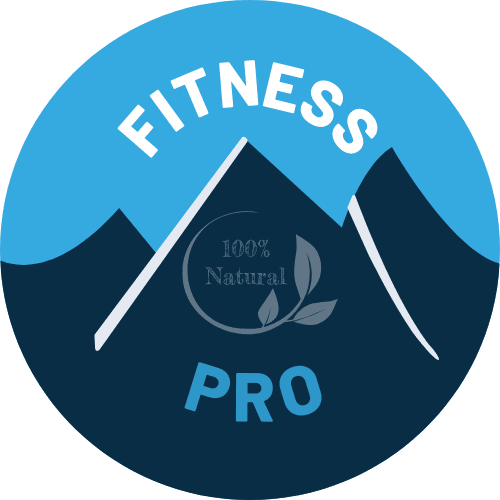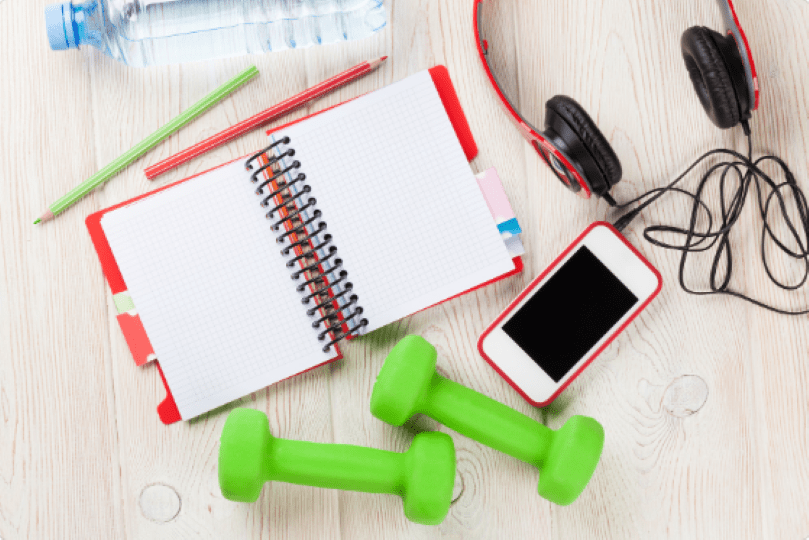Back pain is a common problem that affects millions of people worldwide. It can be caused by a variety of factors, including poor posture, muscle strain, and injury. While there are many different treatments available for back pain, including medication and physical therapy, there are also several simple back pain exercises and relaxation techniques that can help alleviate pain and promote healing.
Cat-Cow Stretch

The cat-cow stretch is a simple exercise that can help stretch the muscles in the back and alleviate pain. To perform this exercise, start on your hands and knees, with your wrists under your shoulders and your knees under your hips. As you inhale, arch your back and lift your head and tailbone towards the ceiling, creating a “U” shape with your spine. As you exhale, round your spine, tucking your chin to your chest and pulling your belly button towards your spine. Repeat this movement for several breaths.
Child’s Pose
The child’s pose is a gentle yoga pose that can help stretch the muscles in the lower back and promote relaxation. To perform this pose, start on your hands and knees, with your wrists under your shoulders and your knees under your hips. Lower your hips back towards your heels, stretching your arms out in front of you. Rest your forehead on the ground and breathe deeply, holding the pose for several breaths.
Pelvic Tilt

The pelvic tilt is a simple exercise that can help alleviate pain in the lower back. To perform this exercise, lie on your back with your knees bent and your feet flat on the ground. Slowly tilt your pelvis forward, pressing your lower back into the ground. Hold this position for a few seconds before tilting your pelvis back and lifting your lower back off the ground. Repeat this movement for several repetitions.
Wall Angels
Wall angels are a gentle exercise that can help improve posture and alleviate pain in the upper back and shoulders. To perform this exercise, stand with your back against a wall and your feet a few inches away from the wall. Bring your arms up to a “W” shape, with your elbows bent and your hands resting against the wall. Slowly slide your arms up the wall, keeping your elbows bent and your hands in contact with the wall at all times. When your arms are straight overhead, slowly lower them back down to the starting position. Repeat this movement for several repetitions.
Seated Spinal Twist
The seated spinal twist is a gentle yoga pose that can help stretch the muscles in the back and promote relaxation. To perform this pose, sit on the ground with your legs extended in front of you. Bend your right knee and place your right foot on the ground, crossing your right foot over your left leg. Place your right hand on the ground behind you, and your left elbow on the outside of your right knee. Twist your torso to the right, using your left arm to gently deepen the twist. Hold the pose for several breaths before switching sides.
Deep Breathing
Deep breathing is a relaxation technique that can help alleviate tension in the muscles of the back and promote relaxation. To perform this technique, sit or lie down in a comfortable position. Place one hand on your belly and the other hand on your chest. Breathe deeply, feeling your belly rise as you inhale and fall as you exhale. Focus on your breath, letting go of any tension or stress in your body.
Conclusion
Back pain can significantly impact a person’s quality of life, but incorporating simple exercises and relaxation techniques into daily routines can help alleviate discomfort and promote healing. The cat-cow stretch, child’s pose, pelvic tilt, wall angels, seated spinal twist, and deep breathing are all simple and effective techniques that can help relieve tension and promote relaxation in the back muscles. In addition to these techniques, maintaining good posture, staying active, and consulting with a healthcare professional can all contribute to the prevention and management of back pain. By incorporating these practices into daily routines, individuals can improve their overall well-being and ease their back pain.






